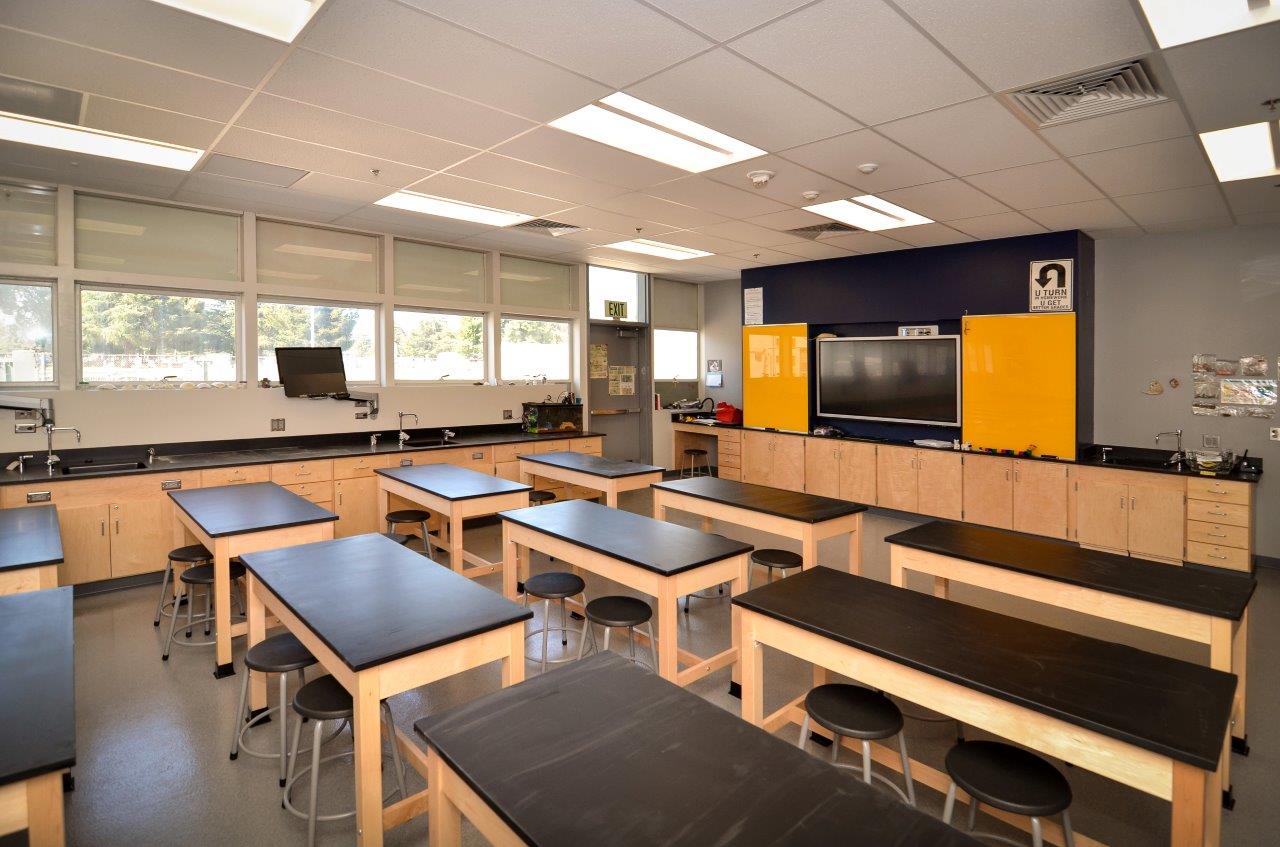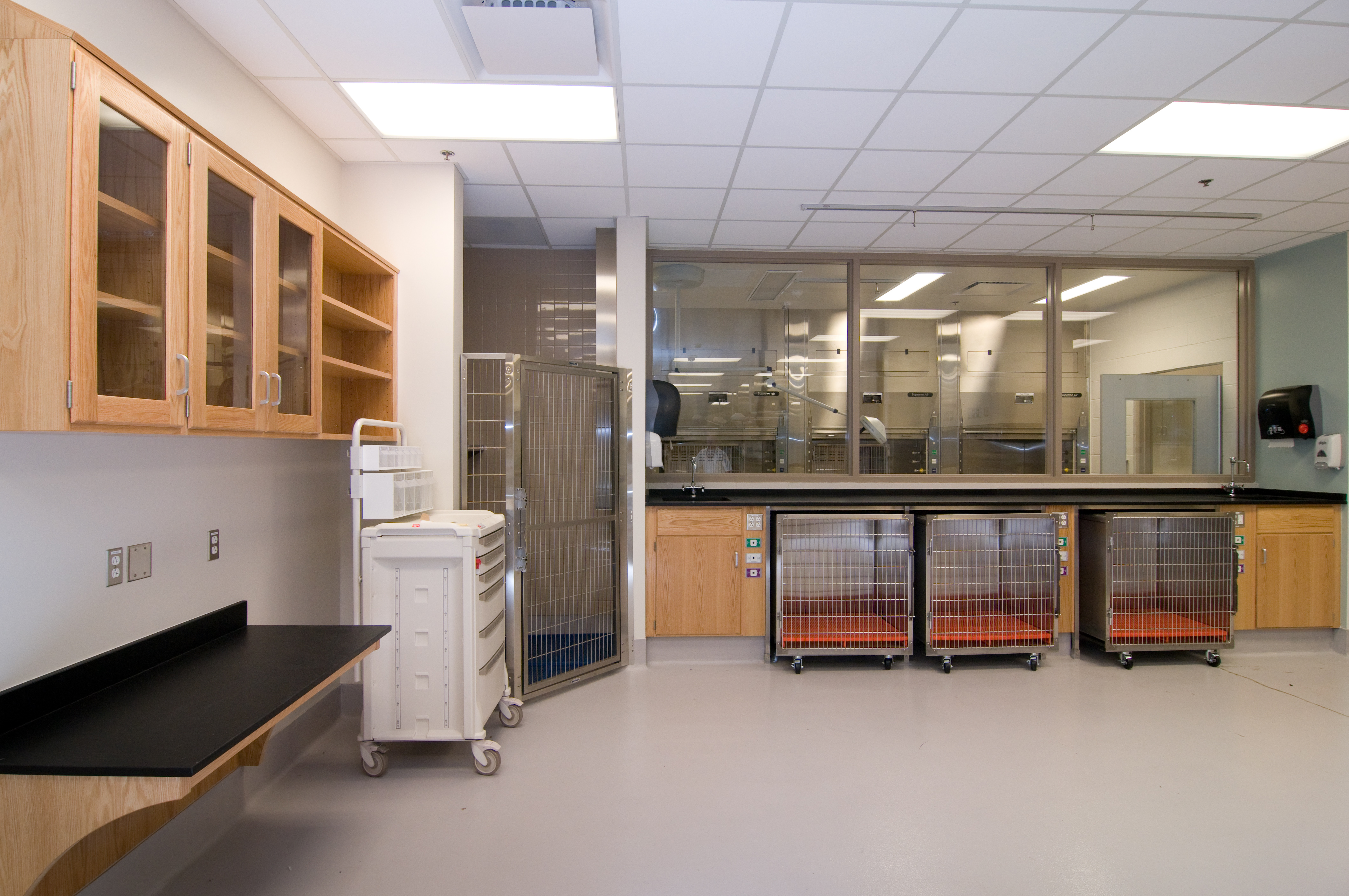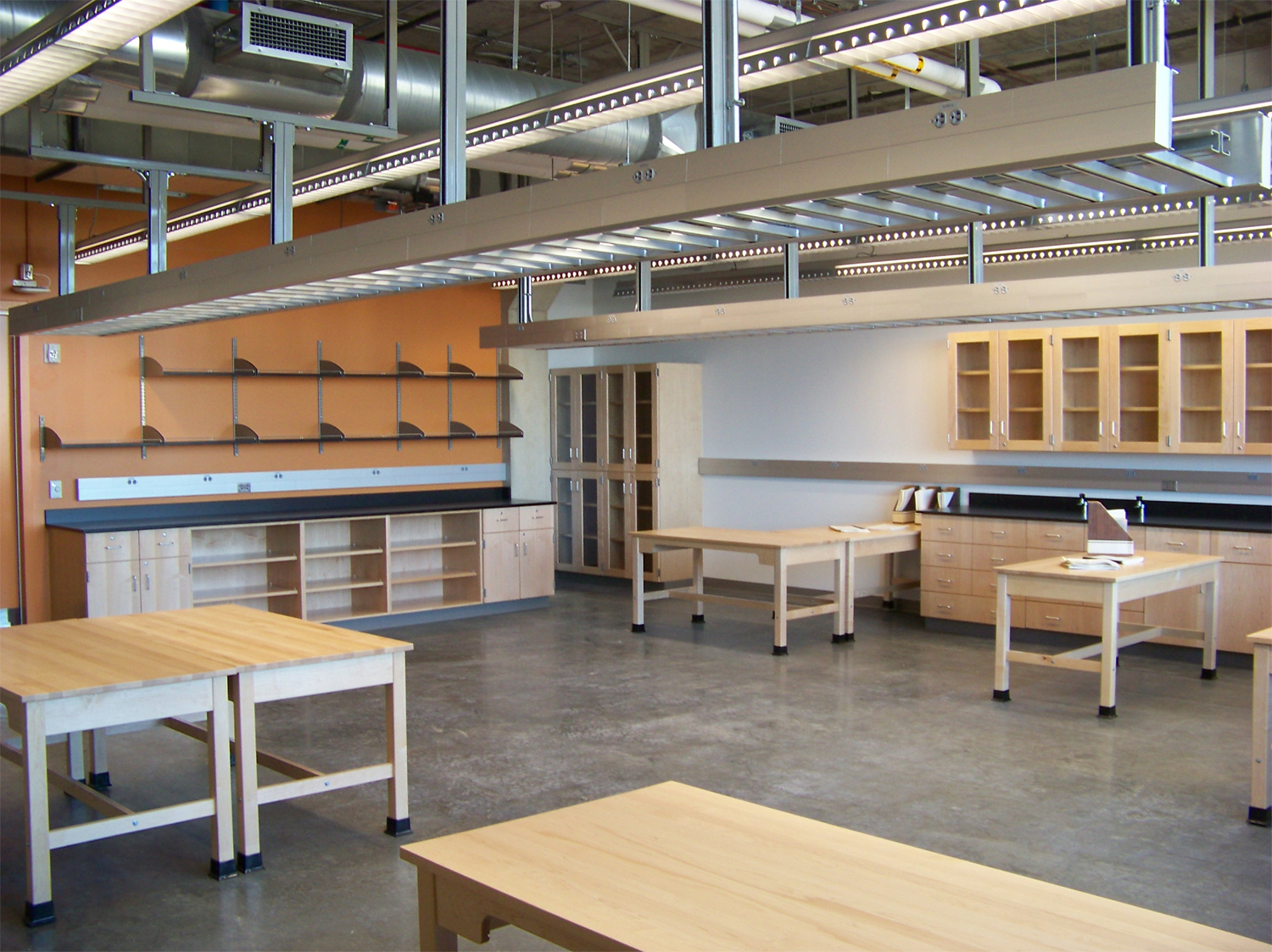Why Wood Casework?
Table of Contents
Wood casework remains a top choice for laboratories and schools because of its durability, repairability, and timeless appeal. Unlike steel or laminate, wood can be refinished and restored, offering decades of use. Its warmth fosters inviting learning environments, while CampbellRhea’s craftsmanship ensures long-term value, safety, and adaptability.
Why Wood Casework Still Matters in Modern Labs
When it comes to outfitting a lab, the question often pops up: why wood casework? After all, steel and laminates have been marketed as the “modern” choice. But here’s the twist—wood hasn’t just survived in the lab world; it’s thrived.
First, let’s talk durability. Wood casework is built to take a beating—literally. Heavy equipment, constant use, and even the occasional mishap don’t faze it. Unlike laminate that chips or steel that can dent, wood can be repaired, refinished, and restored, often looking as good as new decades down the line. That kind of longevity means schools and institutions aren’t forced into the buy-replace-repeat cycle.
Then there’s the functionality factor. Wood casework is timeless in both design and performance. It’s strong enough for heavy lab use, versatile enough for multiple configurations, and adaptable to evolving science programs. The adaptability is key—labs change, and wood casework changes with them. Refinish the surface, adjust the layout, and you’ve got a space that feels both classic and current.
And here’s the kicker: aesthetics. Wood carries warmth into what can otherwise be a sterile environment. It makes a lab feel less like a cold workspace and more like a place where collaboration and learning can thrive. That matters, especially in education settings, where the environment has a direct impact on how students engage.
Steel and laminate may look flashy in the catalog, but wood is the steady workhorse—durable, repairable, and endlessly adaptable.
Curious how schools are modernizing with wood? Take a look at CampbellRhea’s wood casework solutions and see why this classic material still leads the way in today’s labs.

How Casework Shapes Learning Environments
Walk into two labs—one lined with cold steel cabinets and another with natural wood casework—and you’ll feel the difference before a single experiment begins. That’s the hidden strength behind the question why wood casework? It’s not just furniture; it’s part of the learning experience.
Wood has a natural warmth that reduces the “sterile” vibe many students associate with labs. Instead of an intimidating, clinical atmosphere, wood creates an inviting space that feels approachable and engaging. For students walking into a science class for the first time, that comfort can lower stress and spark curiosity.
There’s also a psychological component. Research shows that natural materials like wood promote focus, reduce anxiety, and enhance creativity. It’s why you see wood used in classrooms, libraries, and collaborative spaces. Labs aren’t any different—when students feel comfortable in their environment, they’re more likely to engage actively with lessons and retain information.
Beyond feelings, wood casework contributes to community and collaboration. A welcoming space fosters teamwork, which is vital in educational labs where group experiments and projects are the norm. The furniture becomes part of the culture—supporting not just the science being done, but the way students interact with each other.
And unlike sterile alternatives, wood develops a patina of history. Each scratch and refinished surface tells the story of classes and experiments gone by, turning the lab into a living record of learning. That sense of continuity matters in schools that want to inspire generations of students.
The right casework isn’t background—it’s part of the learning equation. Wood doesn’t just shape storage; it shapes the student experience.
For educators seeking environments that nurture engagement, CampbellRhea’s wood casework provides solutions built for both durability and inspiration.

The Durability of Wood Casework
When schools and institutions ask why wood casework?, the answer often comes down to one word: durability. Wood isn’t just about looking good—it’s about lasting through decades of heavy use without losing its function or character.
Think about the daily abuse lab furniture takes. Heavy microscopes, stacks of textbooks, chemical containers, and sometimes even the occasional dropped beaker. Wood casework doesn’t just survive this—it thrives. Unlike laminate that chips or steel that shows every dent, wood can be repaired, refinished, and restored. A scratch on a wooden cabinet is a quick fix; a gouge in steel or laminate usually means living with it—or replacing the entire unit.
This repairability is what makes wood so cost-effective in the long run. Instead of scrapping entire systems when damage happens, institutions can sand, refinish, or replace individual parts. That means the same set of casework can serve generation after generation of students.
At CampbellRhea, durability isn’t left to chance—it’s engineered into every product. Their wood casework is built with craftsmanship that prioritizes strength, using techniques and finishes designed to withstand not just years but decades of lab use. Schools and universities that invest in CampbellRhea aren’t buying disposable furniture; they’re investing in infrastructure that grows with them.
And durability isn’t only about resisting wear and tear. It’s about maintaining structural integrity under real-world conditions. Cabinets that don’t sag under weight, drawers that don’t warp with humidity, finishes that resist constant cleaning—all these details add up to a system that keeps functioning as intended, year after year.
Durability isn’t a trend—it’s a promise. And with wood casework, that promise is built into every joint, drawer, and surface.
Explore how CampbellRhea’s lifetime-quality wood casework continues to set the standard at campbellrhea.com.

Why Schools Choose Wood Casework
When it comes to education, the question isn’t just why wood casework?—it’s why so many schools keep coming back to it decade after decade. The answer is simple: wood casework fits the needs of K-12 classrooms and university labs better than any other option.
First, there’s the longevity factor. Schools operate on tight budgets, and replacing lab furniture every few years just isn’t realistic. Wood casework provides the long-term durability administrators love, with the added bonus of repairability. A refinished surface or replacement drawer is a fraction of the cost of buying new steel or laminate units.
Then there’s the student experience. Educators know that environment shapes learning. Wood makes labs feel warm, approachable, and less clinical—exactly the kind of atmosphere that encourages curiosity. Teachers in K-12 settings often report that students engage more in spaces that feel welcoming instead of intimidating. At universities, wood helps strike a balance between professional lab standards and classroom comfort.
Case studies back this up. Many schools that installed CampbellRhea wood casework decades ago are still using it today, often with only minor updates or refinishing. That kind of track record speaks louder than any marketing claim—it’s proof that wood stands the test of time in real educational environments.
And let’s not forget aesthetics and pride. Wood carries a timeless look that fits seamlessly into traditional schools and modern campuses alike. Institutions often choose it not just for function, but because it creates a learning environment that reflects their values: stability, quality, and investment in students’ futures.
Schools choose wood because it works—for their budgets, their students, and their legacy.
See why K-12 districts and universities across the country continue to rely on CampbellRhea wood casework to build labs that last.
Related searches
Why wood casework for school laboratories
Wood vs steel laboratory casework comparison



